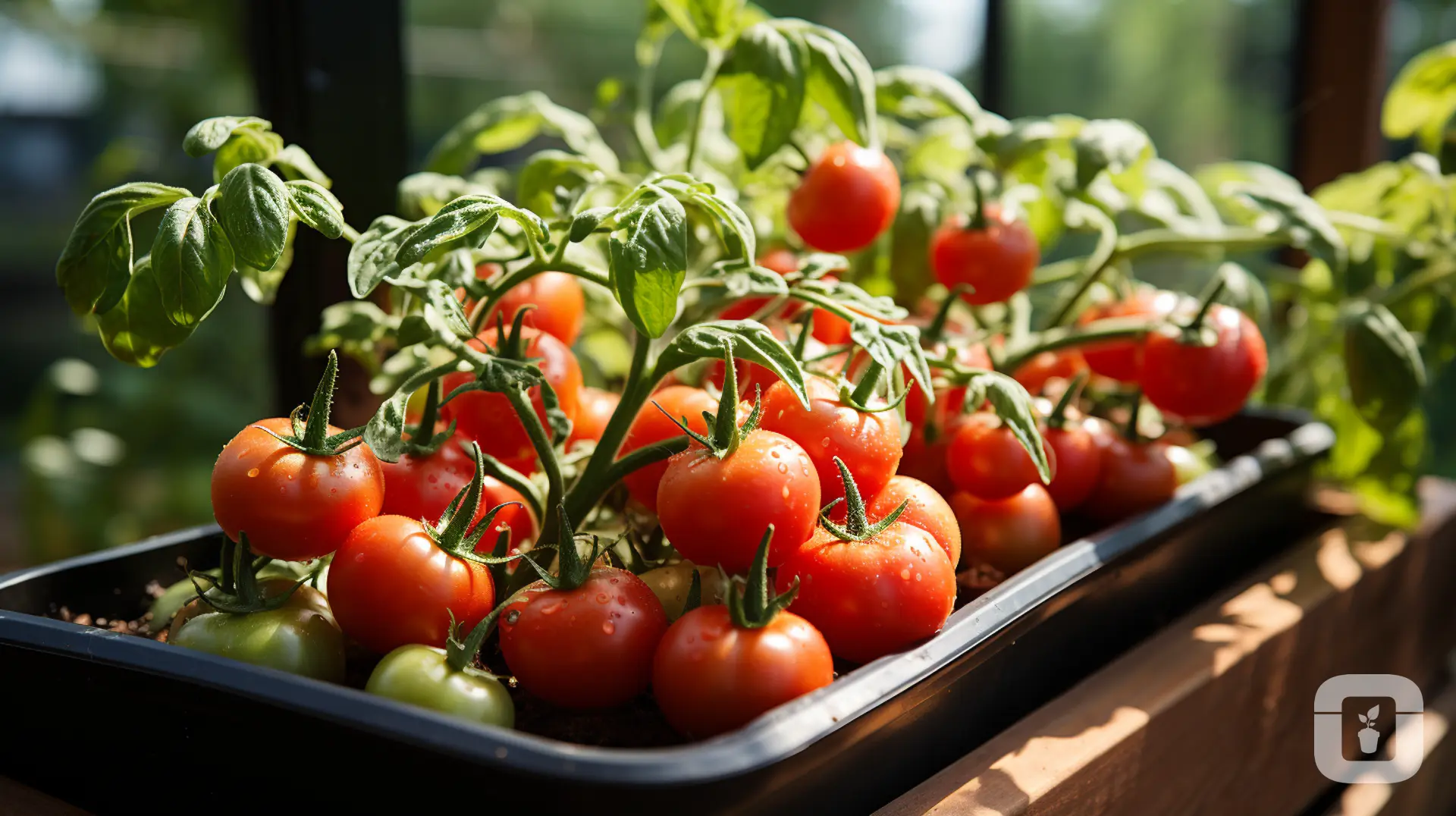

Growing tomatoes is one of the most popular gardening activities worldwide for their versatility in cooking and nutritional benefits. This Unlikely Gardener cheat sheet provides an essential understanding of how to successfully grow tomatoes, focusing on key areas such as soil preparation, planting, watering, fertilizing, and pest control. Whether you're a beginner or an experienced gardener, mastering these elements is crucial for a bountiful tomato harvest. Understanding the growth habits of tomato plants, the importance of sunlight and water, and how to manage pests and diseases will equip you with the knowledge needed for growing healthy tomatoes. This quick guide ensures you can grow tomatoes with confidence, yielding delicious and healthy fruits for your family.
Essential Information for Growing Tomatoes
- Tomato Soil Preparation:
- Use well-draining soil with a pH between 6.0 and 6.8.
- Enrich soil with organic matter like compost.
- Planting Tomatoes:
- Start seeds indoors 6-8 weeks before the last frost date.
- Transplant outdoors when the threat of frost has passed and nighttime temperatures are consistently above 10°C or 50°F.
- Plant tomato seedlings deep to encourage increased root growth.
- Sunlight:
- Tomatoes require full sun, at least 6-8 hours of direct sunlight daily.
- Watering Tomatoes:
- Provide 1-2 inches of water per week. Be consistent to help prevent blossom end rot.
- Water late in the evening, or early in the mornings to reduce surface water evaporation.
- Fertilizing:
- Use a balanced fertilizer for growing tomatoes initially, then a high-phosphorus formula during fruiting.
- Tomato Pest and Disease Management:
- Monitor for common pests like aphids, white flys, and tomato hornworms.
- Prevent fungal diseases by ensuring first 12" of plant foliage is removed and ground is well mulched to reduce soil based diseases from transferring to leaves.
- Harvesting:
- Harvest when fruits are firm and starting to colour. You can also wait for them to fully ripen.
- Regular harvesting can encourage more fruit production.
Expanded Tips for Growing Tomatoes
- Soil Preparation:
- Ideal Soil Characteristics: The best soil for tomatoes is loamy and rich in organic matter, facilitating efficient root growth and water drainage while retaining enough moisture.
- Soil pH Importance: Tomatoes prefer slightly acidic to neutral soil (pH 6.0-6.8). Soil pH affects nutrient availability; an incorrect pH can lead to nutrient deficiencies or toxicities.
- Adjusting Soil pH: If the soil is too acidic, lime can be added; if too alkaline, sulfur or organic mulches like pine needles can help lower the pH.
- Planting Considerations:
- Hardening Off Seedlings: Gradually exposing seedlings to outdoor conditions over a week helps them adjust to wind, sun, and varying temperatures, reducing transplant shock.
- Spacing for Health: Proper spacing (typically 24-36 inches apart) prevents overcrowding, reduces disease spread, and allows adequate sunlight for each plant.
- Importance of Sunlight:
- Role in Photosynthesis: Sunlight is critical for photosynthesis, which is how plants produce the energy and sugars needed for growth and fruit production.
- Effects of Inadequate Sunlight: Insufficient sunlight can result in leggy plants, fewer flowers, and subsequently fewer fruits, as well as increased vulnerability to pests and diseases.
- Watering Techniques:
- Preventing Blossom End Rot: Consistent soil moisture helps prevent blossom end rot, a common issue caused by calcium deficiency often due to uneven watering.
- Methods for Efficient Watering: Drip irrigation and soaker hoses deliver water directly to the soil, reducing evaporation and foliage wetting, which can lead to fungal diseases.
- Fertilizing Strategies:
- Balancing Fertilization: Excess nitrogen can encourage foliage growth over fruit production. Using a balanced fertilizer early in the season and switching to a phosphorus-rich formula as the plant starts fruiting is recommended.
- Growth Stage Nutrient Needs: During flowering and fruiting, tomatoes require more phosphorus and potassium, and less nitrogen.
- Managing Pests and Diseases:
- Integrated Pest Management (IPM): IPM involves various strategies like crop rotation, using disease-resistant varieties, encouraging beneficial insects, and physical barriers to manage pests and diseases.
- Crop Rotation and Resistant Varieties: Rotating tomato plants with other crops can prevent soil-borne diseases like root knot nematodes. Choosing disease-resistant varieties also helps in reducing the prevalence of certain diseases.
- Harvesting Tips:
- Timing for Optimal Flavor: Tomatoes are best picked when they have fully colored but are still firm. This ensures peak flavor and nutrient content.
- Storage Practices: Storing tomatoes at room temperature maintains their flavor and texture. Refrigeration can cause flavor loss and a mealy texture.
Growing tomatoes successfully involves a combination of proper soil preparation, adequate sunlight, regular watering, and effective pest and disease management. By adhering to these quick tips, unlikely gardeners can enjoy a plentiful harvest of healthy, tasty tomatoes. This cheat sheet offers both a quick overview for beginners and a slightly more in-depth understanding for those seeking to refine their tomato-growing techniques.
Life is busy. Give Us Your Name & Email and We'll Send You Content.

So a balanced fertilizer is when all three numbers are the same? And then switching to a fertilizer higher in potassium and phosphorus, but how much higher? What numbers are we looking for?